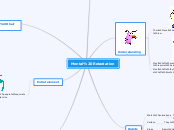作者:Amal Brari 6 年以前
188
Curriculum Web
The content outlines a structured approach for early childhood educators to help children understand and express their emotions through various activities. The educators will model emotional expressions using mirrors and emoji pillows, encouraging children to recognize and express their feelings.









